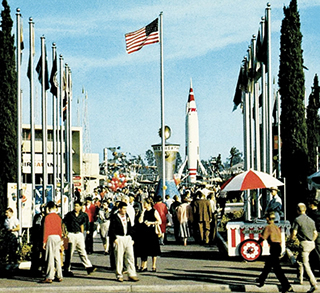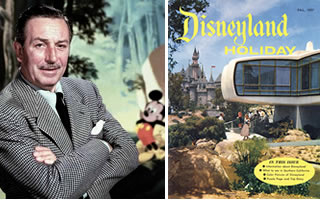Plastic Fantastic Living - Page 3
 |
|
|
 |
|
|
 |
|
|
Goody was the prime designer of the house, Kirwan says. Hamilton served as organizer and engineer. A second grad student completed the design team, Kirwan says, which worked closely with Mike Gigliotti, Monsanto’s master of molded plastics.
Kirwan, who later became a partner in a leading architecture and engineering firm, designing about 150 schools, industrial plants, and other buildings, was more interested in buildings that worked than in powerful forms, and as Goody’s design evolved Kirwan voiced doubts.
The plan called for equal-sized U-shaped plastic rooms—a living room, a family room combining dining and kitchen, a parents’ bedroom, and a kids’ bedroom. The rooms, raised five to eight feet above the ground, would be arrayed like a Greek Cross from a central concrete core that contained bathrooms and utilities. Rooms were made from curved, prefabricated plastic sections.
“I was a bit dubious about the Greek Cross [plan], sitting on a base with the four cantilevered sections,” Kirwan says. “It was not very practical, and it was expensive to erect, holding all the pieces together with a tension ring at top.”
“I was interested in building houses for moderate income people. This would not satisfy that. I mentioned it.”
One person he mentioned it to, who worked in marketing for Monsanto, brushed off Kirwan’s concern. He said Monsanto loved Goody’s design because of the ‘My God’ factor.
“We want people to say, ‘My God, it’s great!” or ‘My God, it’s awful!’ ” the marketer said. “If they say ‘My God,’ we’ve got their attention.”
At that point Kirwan realized the project was more about selling plastic than building a mass-market house. “Marvin kind of went along with Monsanto,” he says. “They wanted something dramatic.”
“That’s why Disney built it, because it was something dramatic,” Kirwan says. “We could have done something more practical as an outgrowth of this research.”
Kirwan remembers a dinner in a hotel ballroom in New York City—two dozen people, architects from MIT, Monsanto execs, the model of the House of the Future on rapturous display, and Disney himself regaling the crowd about his early days with Mickey. “It was spectacular for a green kid like me,” Kirwan recalls.




